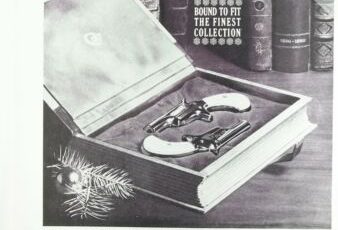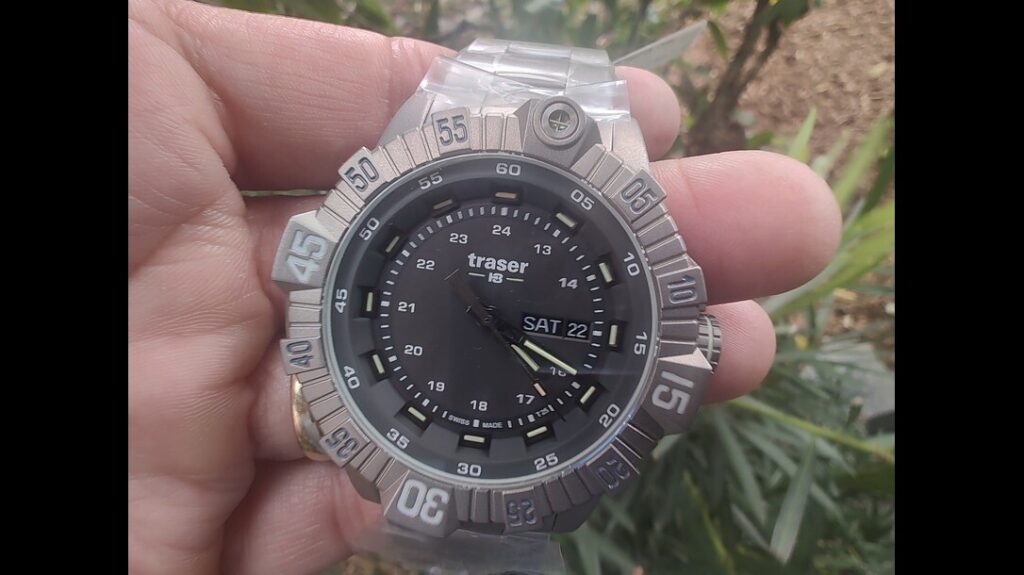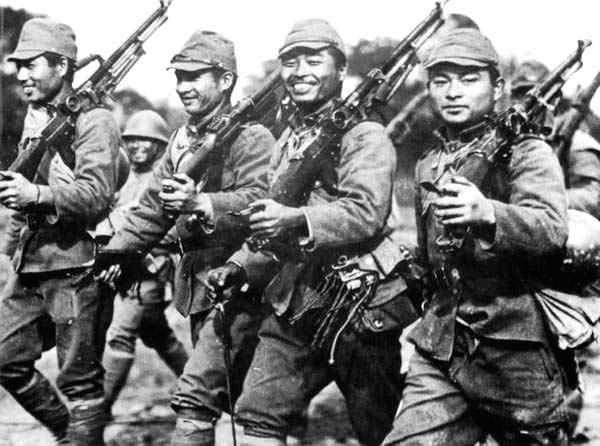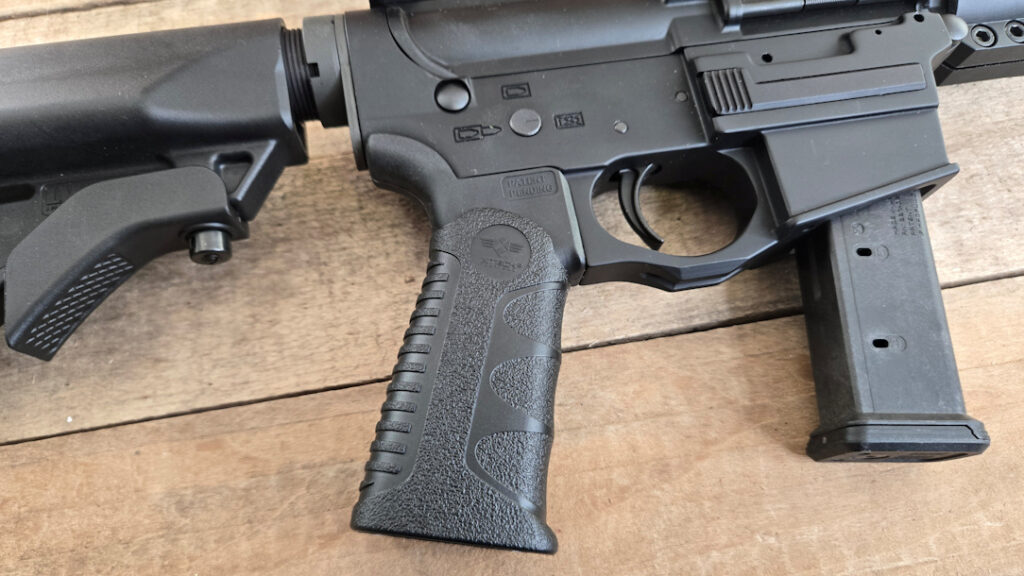When the metallic cartridge became the next big thing in firearms, Colt needed to play a game of catch-up. This was a few years after the Civil War, and Colt had been producing guns like crazy to arm Union soldiers. Colt wanted to produce more modern cartridge revolvers, but Rollin White and S&W owned a patent for rear-loading revolvers. They wanted to sell the patent for 1.1 million dollars, and Colt decided that was too much for a patent that expired in 1868. This eventually led to the production of Colt derringers.
Well, most weren’t Colts. Colt acquired the National Arms Company in 1870, and the National Arms Company was a producer of derringers, specifically metallic cartridge derringers. This allowed Colt to enter the metallic cartridge market. Colt continued to produce the .41 Short, aka the .41 Rimfire derringers, for the commercial market. These became the first metallic cartridge firearms produced and sold by Colt.
Colt Derringers Inside and Out
Colt produced three models of the gun. Typically when one says derringer, they picture a double-barreled firearm, but that’s not exactly the case with most derringers of the day. Remington produced the famous two-shot derringers, but most were single-shot designs. This includes the Colt derringers.
Advertisement — Continue Reading Below
The various Colt derringers are divided into various numbered models. The primary models are the 1st, 2nd, and 3rd models. These were the wild west style handguns in .41 rimfire. The first two designs were entirely National Arms Company designs.
The Colt Derringers
The Colt 1st Model derringers were the smallest models that featured a short barrel and a one-piece frame and grip combination. The original grip and frame models were made from brass, but this would later change to iron when Colt ran out of surplus National Arms Company parts. The barrels were 2.5 inches long, and the gun was made entirely from metal. The barrel rotated to the side and downward for the ejection of empty cases and reloading.
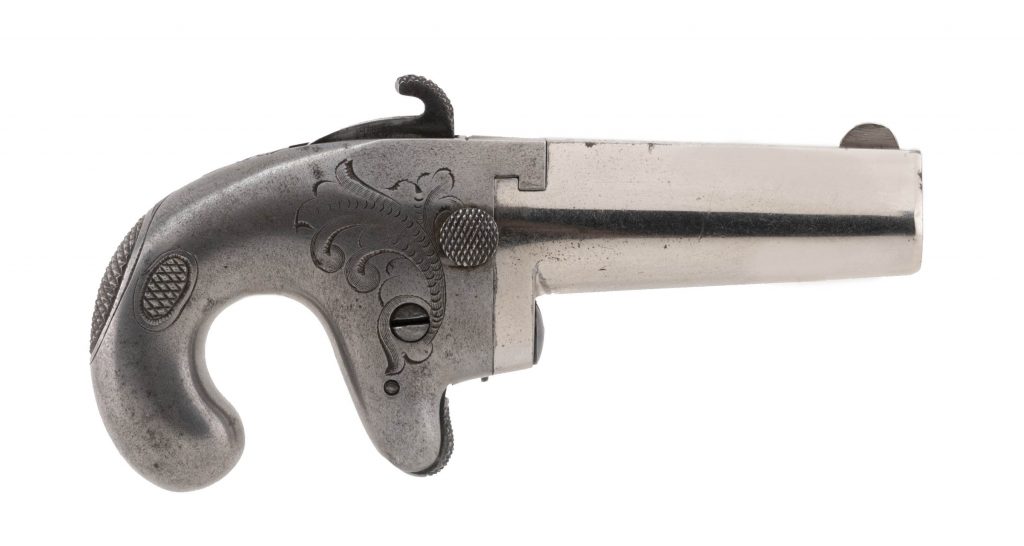
The Colt 2nd Model derringers were also National Arms Company designs, and early models featured brass frames which were soon swapped to iron frames as surplus parts ran out. The grips were made from wood which was a big change from the first model. Both the 1st and 2nd model guns were produced concurrently for Colt. They featured the same side opening and rotating barrel.
Advertisement — Continue Reading Below
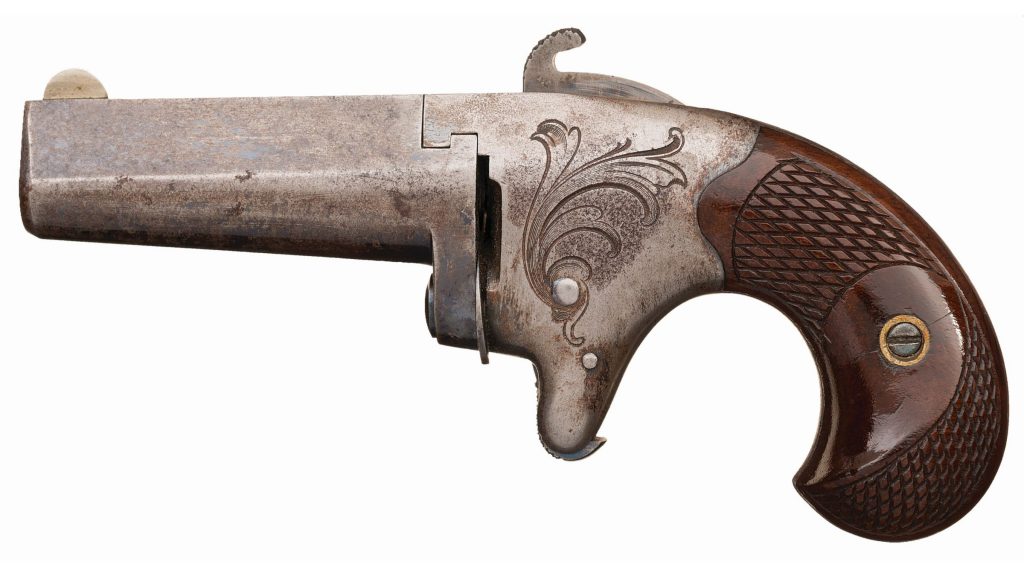
The third model Colt derringers, changed things a bit. These featured innovations from Andrew Thuer, a Colt employee. These guns have a brass frame which is either nickel or bare. The barrel was steel and either blued or nickel plated. These remained .41 rimfire guns, but the gun was a bit simpler with a side-opening barrel. These remained in production until 1912.
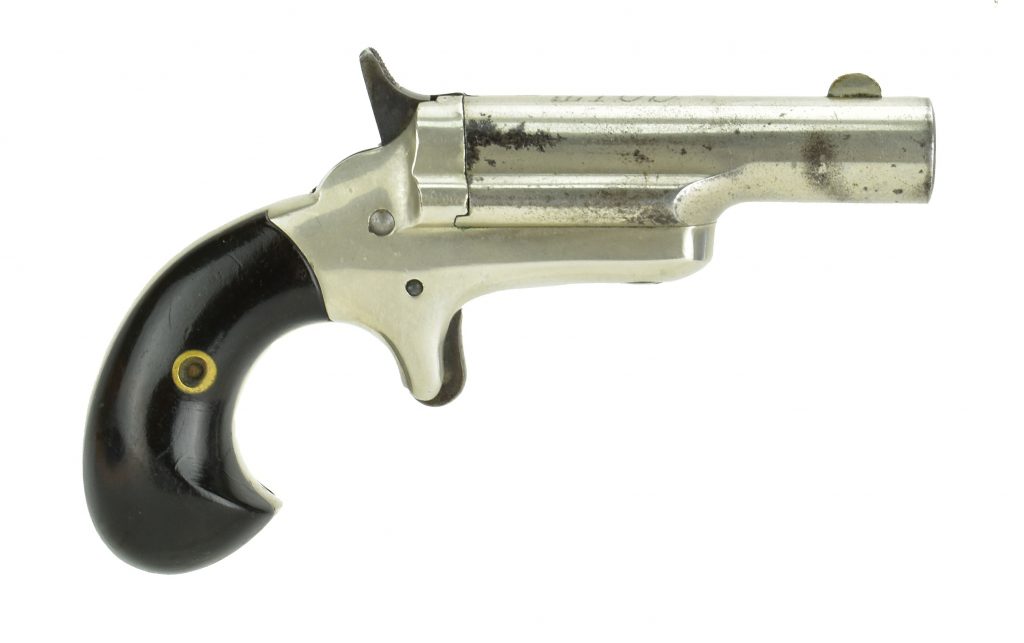
The 4th model Colt Derringers began production in the 1950s and made it to market due to the popularity of western movies. These guns are nearly identical to the 3rd model derringers but were only produced in .22 Short. Colt actually didn’t make these guns, but a company called Butler did so.
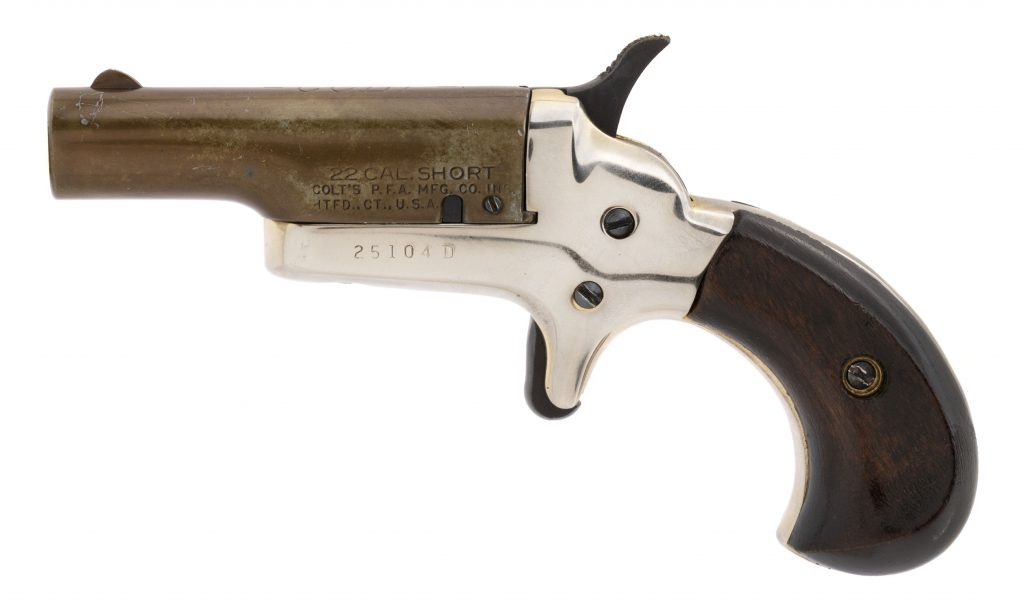
The .41 Rimfire
The .41 Rimfire, aka the .41 Short, was the round of choice for Colt derringers. It was designed from the ground up as a cartridge for derringers. It was a rather anemic round when compared to modern ammunition. The little 130-grain round was only moving at around 680 feet per second at best. It wasn’t superbly powerful, but from a teeny tiny pistol at a time when modern medicine sucked. You didn’t always just walk away from the blast of Colt derringers.
Advertisement — Continue Reading Below
It would be a popular cartridge outside of Colt derringers and would find its way into Remington Model 95 and later the Colt New Line pocket revolver. It was never superbly popular but found its way into a number of very small pistols.
One Round At a Time
The little Colts were fairly successful guns for Colt. They allowed Colt to meet a new market and provide super small pocket pistols in a common caliber for the time. While the Colt SAA and 1911 are the most famed of the designs, the Colt derringers allowed Colt to break into the metallic cartridge market. These days they would be quite anemic, but at the time represented a popular option for concealed carry.
